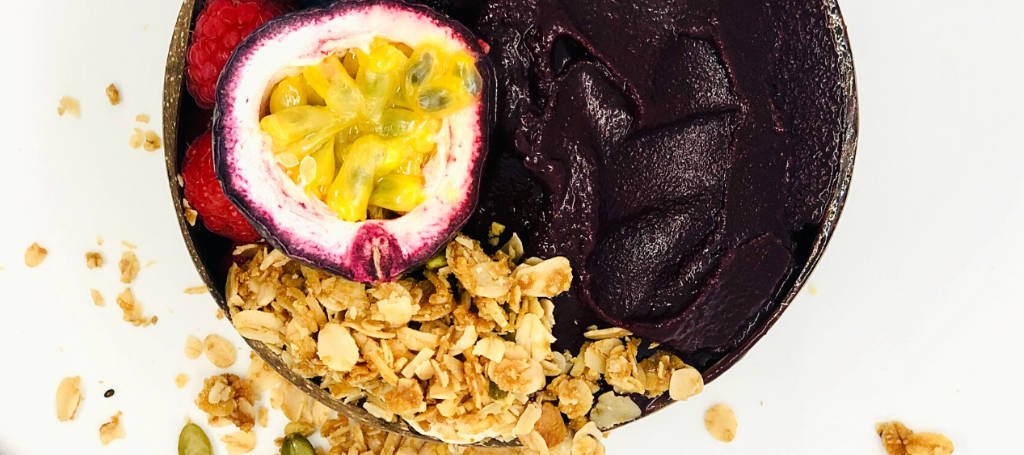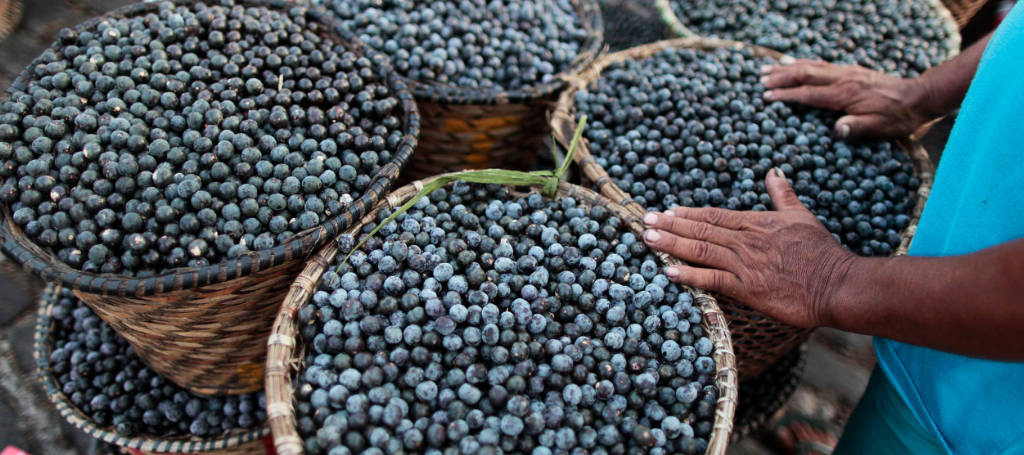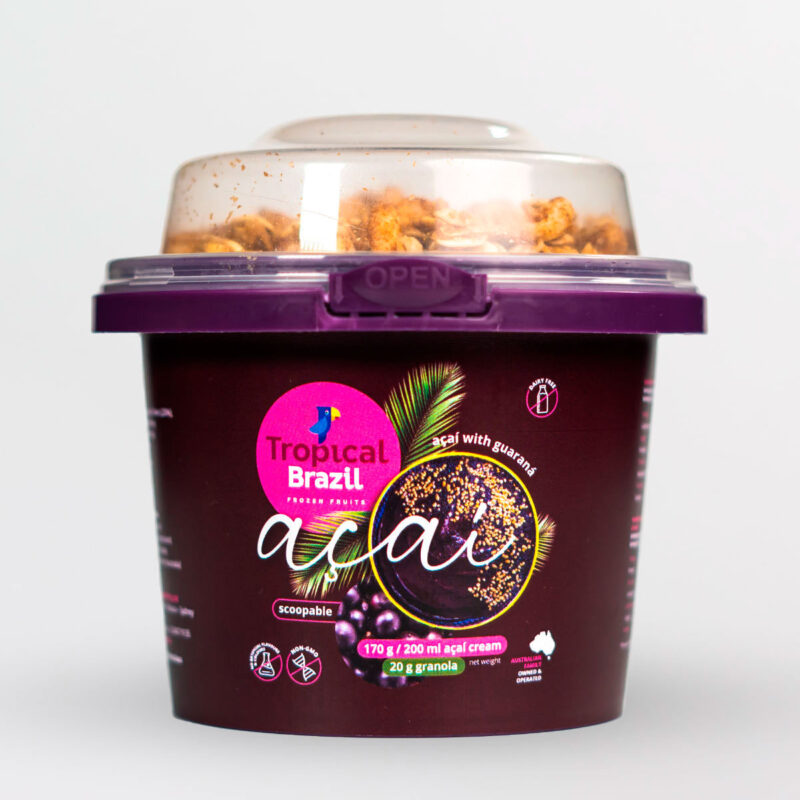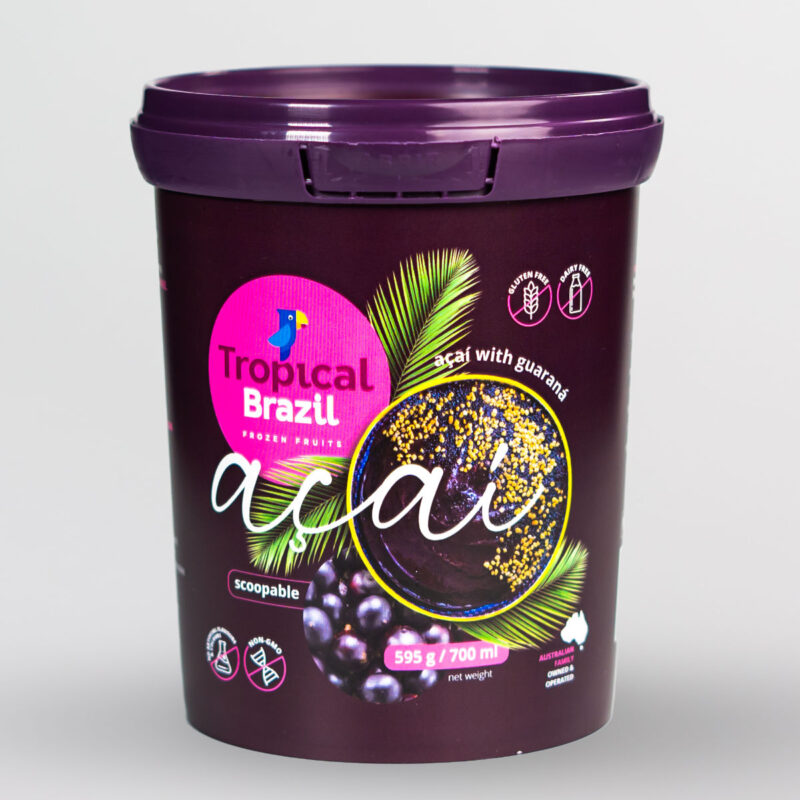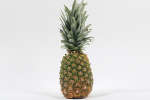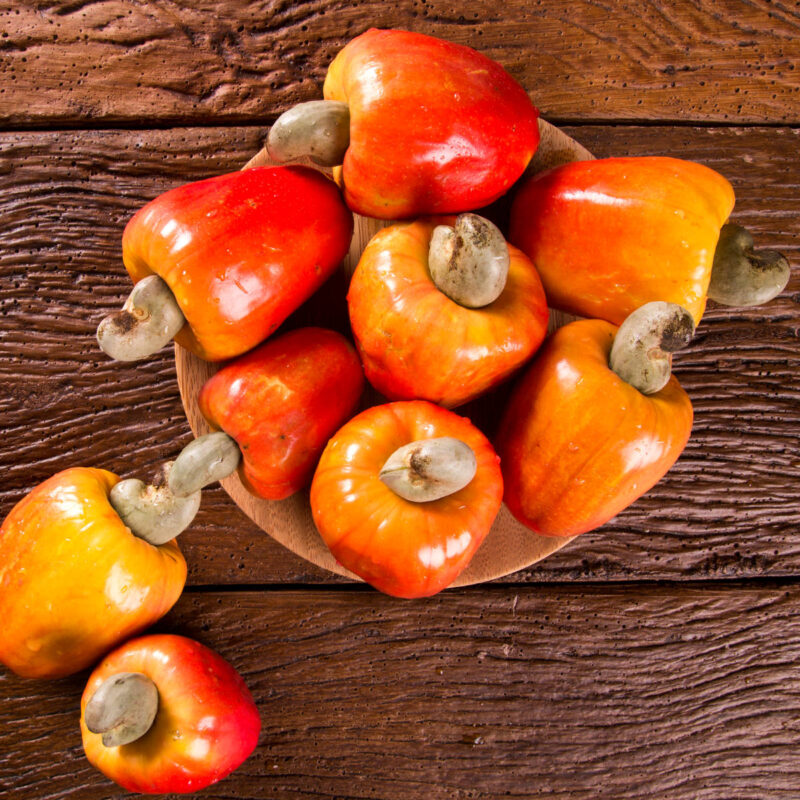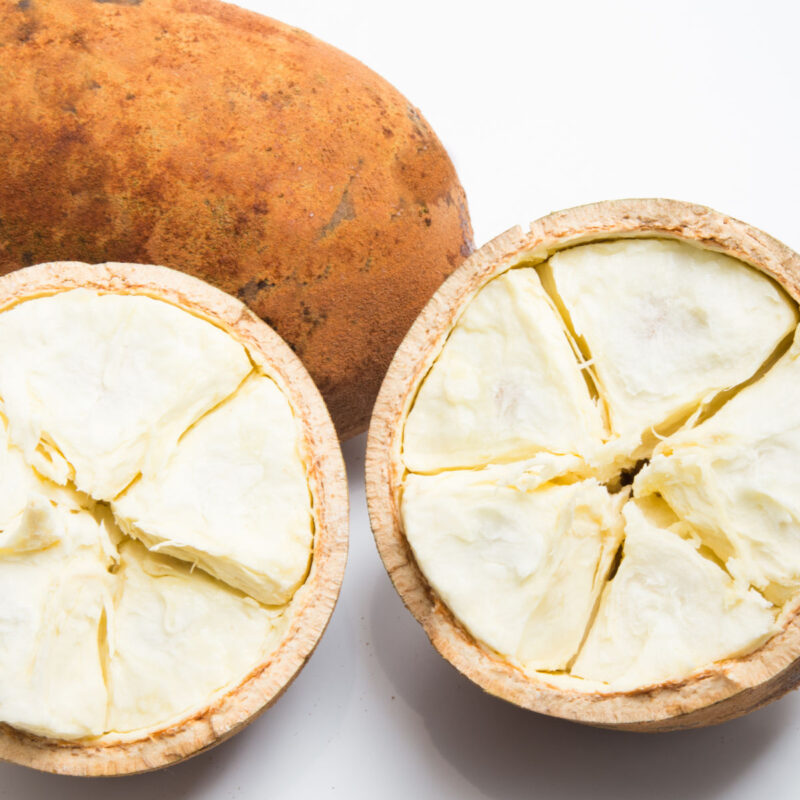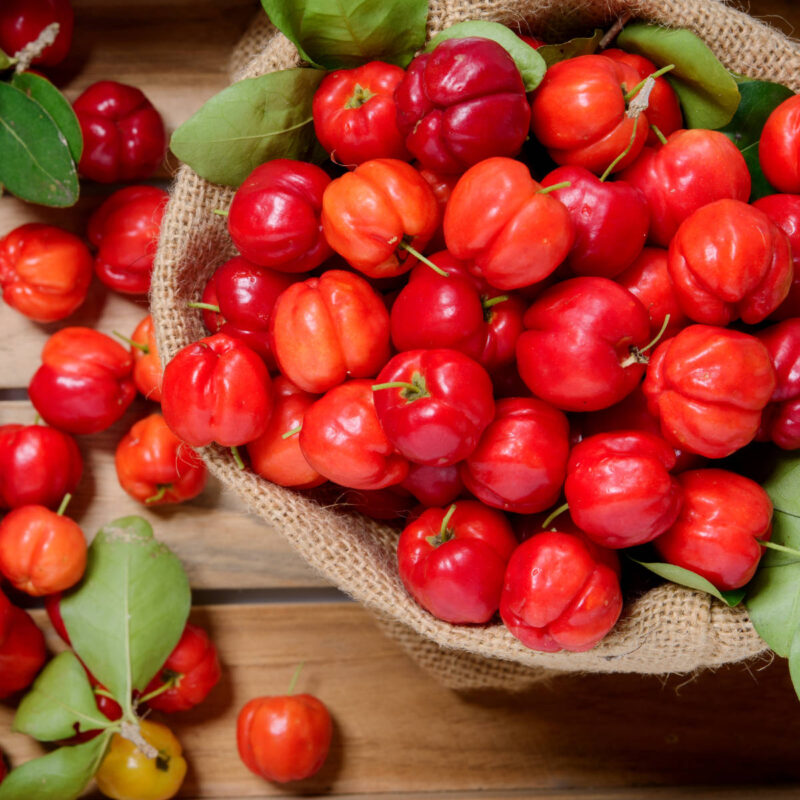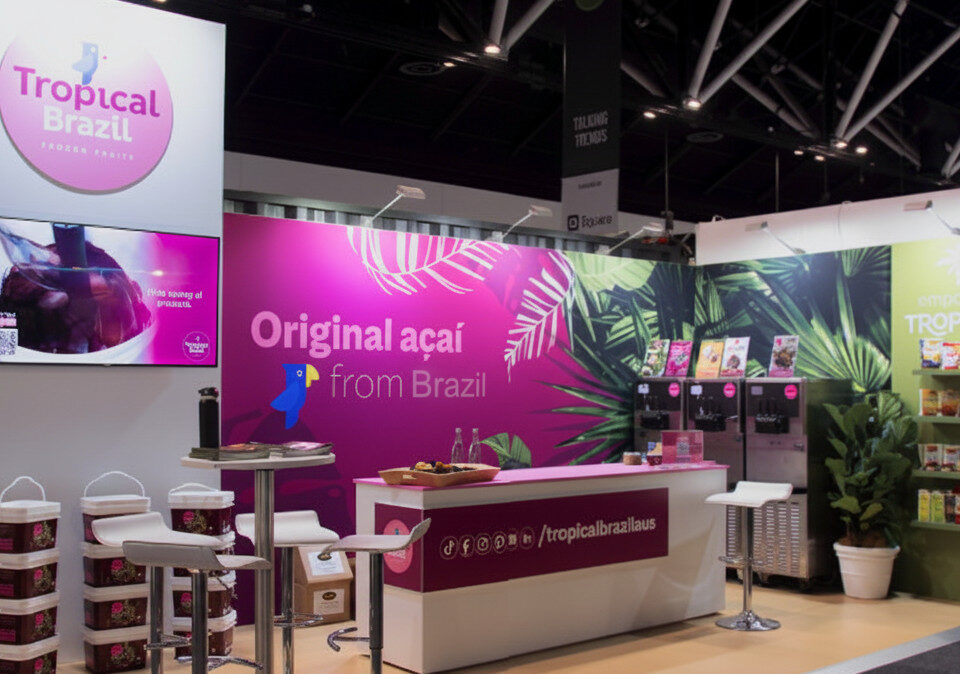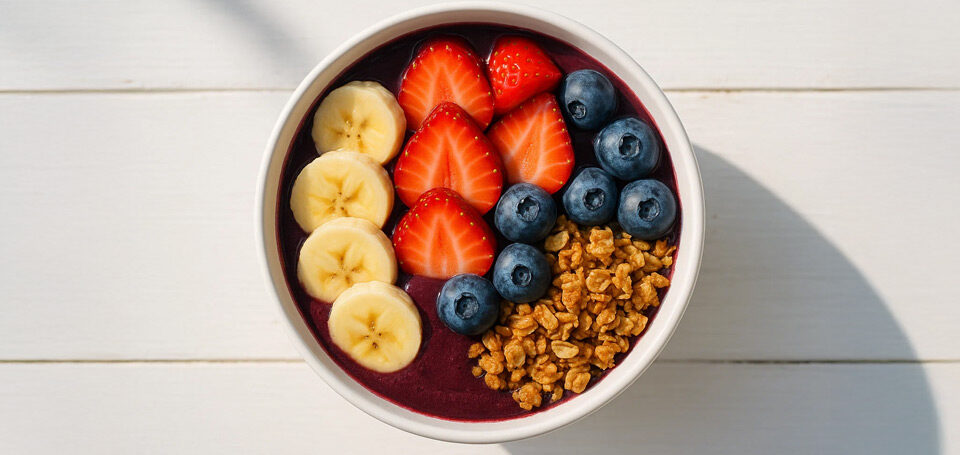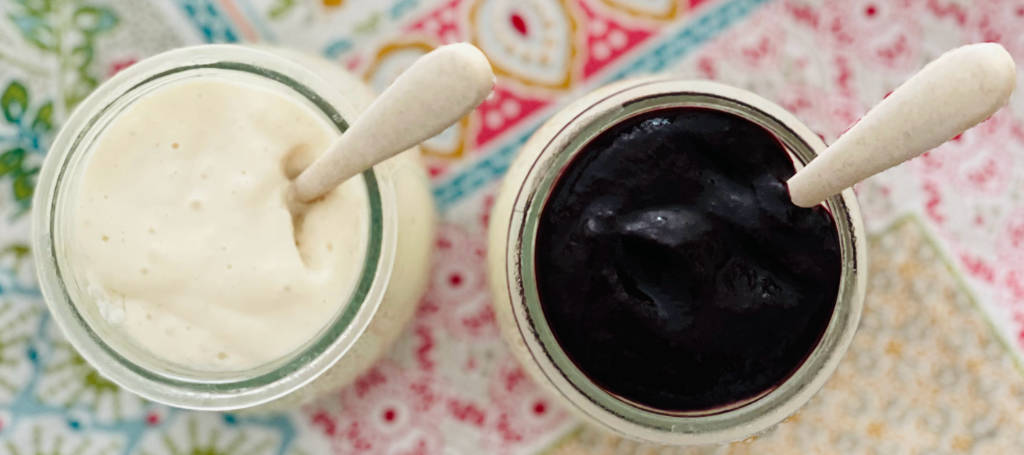
Cupuaçu Mousse
September 3, 2021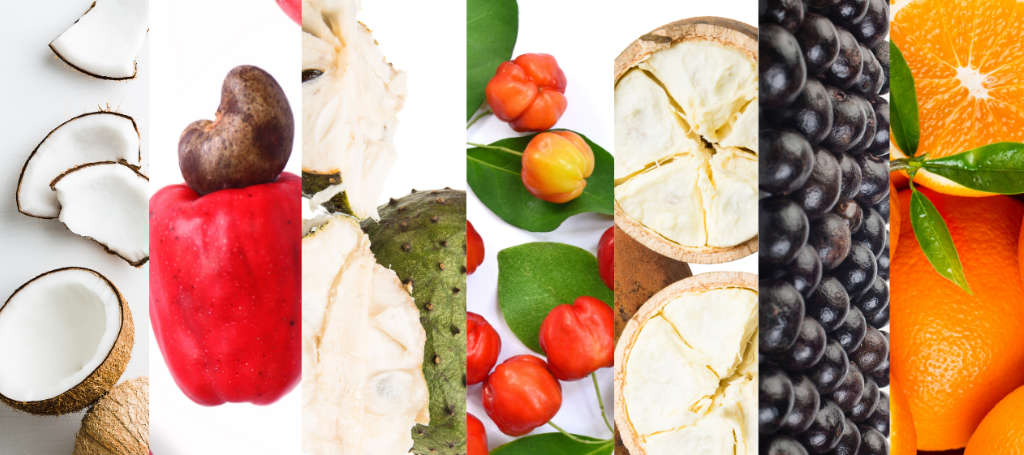
Selling Frozen Fruits. Is it a good business?
September 25, 2021A dark-purple berry comes from very, very far away, and suddenly starts getting a lot of attention. People want to know everything about it, scientists focus their resources on it and it is found that the tiny fruit is found to be a superfruit. At the same time, though, a rumor is heard: “acai is bad for health!”
Without knowing who to trust, the place for misinformation and fake news is settled. Why acai is bad? Or is it good? Is it a superfruit or a super disappointment?
Let us show you what is true among it all!
Searching for wholesale acai products for your business? Register as B2B
Why is acai bad for health?
No, açaí is not bad for health!
Acai is mostly prepared as an iced cream mixed with fruits and other treats – usually sweet treats. It is eaten in a bowl and normally sweetened with guarana, honey, coconut water, or even sugar.
The status of superfruit comes from acai’s impressive nutrition profile. The Amazonian berry is rich in antioxidants, vitamins, and fiber, which makes it basically a full meal by itself… and also gives space for gossip.
Some people claim acai is too caloric and shouldn’t be considered as an option in a healthy diet. This is not true.
The amount of calories contained in an acai bowl depends on which complements are coming along with acai.
Acai bowls are often sold in large portions with a lot of toppings. As with any other thing, when eaten in excess, acai may contribute to weight gain over time – since you may be consuming more calories than you are expending daily. Besides, most of the calories and the sugar may be coming from the toppings, not the acai itself.
That takes us to the next question.
Is acai caloric?
According to FoodData Central, a highly respected database, 170 grams of acai contain 211 calories and 19 grams of sugar. However, a larger portion with caloric toppings may raise those numbers to over 600 calories and 75 grams of sugar.
This is where the problem is: by looking at the high numbers, it is easy to label acai as a caloric treat, but it is important to separate the acai pulp from the mixes and toppings often offered with it.
Start to sell 100% Original Açaí right now.
Save time and money to buy healthy products for your business. Create your wholesale account now.
Acai toppings: a calorie guide
Check the calories of well-known acai toppings based on a 100 grams portion, according to FoodData Central:
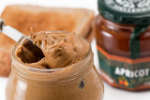
Peanut butter
590 kcal
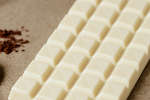
White Chocolate
539 kcal
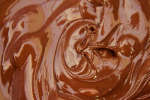
Milk Chocolate
535 kcal
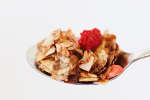
Granola (Honey based)
489 kcal
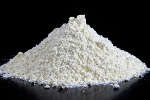
Whey protein powder
359 kcal
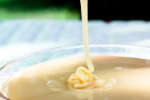
Condensed Milk
321 kcal
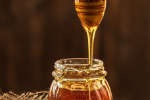
Honey
304 kcal
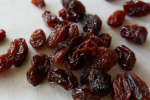
Raisins
299 kcal
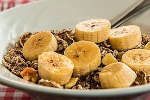
Bananas
98 kcal
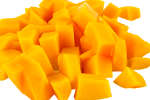
Mango
60 kcal
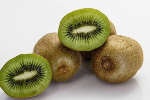
Kiwi
60 kcal
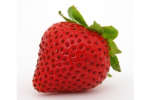
Strawberries
35 kcal
How much acai can one have?
The ideal portion depends on the person’s habits and needs. An athlete, for example, may need larger portions to guarantee they have enough energy before practice and enough calories to repair what was lost afterwards.
Generally speaking, however, 100 to 200 grams of acai three times a week is a healthy and safe recommendation for an adult.
Want to make sure you are getting the best diet for your lifestyle? Don’t forget to talk to your GP!
Healthy acai: quick tips to a less caloric bowl
While acai and many of its toppings are really nutritious and can do really good to our health, too much sugar is never a good thing.
High consumption of sugar can increase the risks of liver and heart diseases, and diabetes, which is the exact opposite of the reasons why acai is considered a superfruit.
Frozen acai buckets can come mixed with guarana syrup, which will put a little more calories into the bowl too. If you pretend to avoid that, you can choose natural acai sachets.
The balance between the amount of acai and toppings may help as well – if you are into a lot of acai, put some slices of strawberry or kiwi, for example, rather than caloric toppings like chocolate or peanut butter.
However, if you are feeling like a little more sugar, go for an acai bucket mixed with guarana and add some condensed milk or honey.
The type of granola you are picking can be of great difference too: some are sweetened with honey and some aren’t. To avoid calories without losing granola’s crunchiness, go for low sugar or sugar-free brands.
To a tasty smoothie, you can sugar your natural acai with coconut water. Some believe it’s too caloric, but it’s not true. 100 grams of coconut water contain 19 calories. The same 100 grams of coconut pulp, however, contain 406 calories – and here is where the misinformation comes from.
Liquid yogurt may be an option too. It contains 72 kcal per 100 grams and can bring a good texture to a morning smoothie!
Increase your Café revenue. Create your B2B account now.
All of our Acai and other frozen fruit products are wholesale only.
The bottom line is…
Now you know that the next time someone asks if acai is bad for health, you tell them a big no!
It is possible to say that acai has been discovered by the scientific community just now, so we still don’t have decades of studies about it, but each day a new benefit of this tiny superfruit is confirmed and, being aware of the importance of balance, adding acai to a person’s diet can do only good!
Wanna sell Acai?
Register as B2B and start to sell now.
Find a Store
